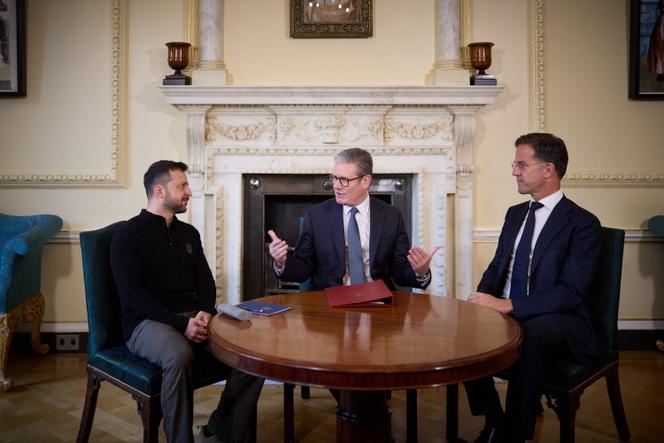NATO Secretary General Mark Rutte has reaffirmed the alliance’s strategic interest in the Baltic and Black Seas, calling them crucial for collective defense and deterrence, in effect marking them as NATO-controlled regions, drawing a line for Russia to remain away from the region.
“When it comes to the Baltic region, but this is also true for the Black Sea and for other NATO areas, there is a constant threat of attacks on our critical undersea infrastructure,” Rutte said.
He also threatened NATO’s “devastating” response when asked if it is prepared for a potential “Russian hardcore attack” in the Baltic region, adding that the US-led military bloc must ramp up defense spending.
This declaration highlights NATO’s sharpened focus on these maritime zones, which remain key for energy transit, military mobility, and countering Russian influence.
Why the Baltic and Black Seas Matter?
The Baltic Sea is now almost surrounded by NATO members, especially after Finland and Sweden joined the alliance. This transformation effectively turns the region into a NATO-dominated zone, significantly reducing Russia’s maneuverability there. Control over the Baltic is essential for defending the Baltic and projecting power toward Kaliningrad, Russia’s heavily militarized exclave.
In the Black Sea, NATO members like Turkey, Romania, and Bulgaria share the waters with Russia. This sea is vital for Russia’s southern naval operations and energy exports, particularly through the port of Novorossiysk and the Crimean Peninsula, which Moscow annexed in 2014. NATO’s increased surveillance and presence aim to deter further Russian expansion and protect undersea cables and energy routes.
NATO Moves Under Rutte
Since taking office in October 2024, Mark Rutte has prioritized bolstering NATO’s posture on its eastern flank. Under his leadership, NATO recently established the Commander Task Force Baltic in Rostock, Germany—an operational naval HQ designed to streamline military coordination in the region.
Rutte has also called for greater unity and defense investment among member states, proposing that NATO countries dedicate up to 5% of GDP to security, with 3.5% going to defense budgets and 1.5% to critical infrastructure and cybersecurity. His approach reflects a shift toward long-term preparedness rather than reactive measures.
Russia’s Reaction
The Kremlin has sharply criticized NATO’s growing presence near its borders. Russian officials have labeled NATO activities in the Black Sea a direct threat, while Moscow’s Deputy Foreign Minister has dismissed the notion of the Baltic becoming a “NATO lake” as dangerous and provocative.
Despite these warnings, NATO continues to conduct joint exercises, intelligence operations, and air policing missions in both regions—moves seen as essential by member states bordering Russia.
By defining the Baltic and Black Seas as NATO strategic areas, Secretary General Mark Rutte is making it clear that the alliance intends to defend these regions vigorously. This strategic recalibration reflects both the geographic realities of NATO’s expanded borders and the enduring threat posed by a more assertive Russia.
As geopolitical fault lines deepen, the alliance’s maritime posture under Rutte’s leadership signals a more confrontational NATO response in the Baltic and black sea region. This position will not be tolerated by Putin, as Russia has its interests and will see NATO as constricting its boundaries. The conflict in these areas could now worsen as these routes and regions are important for both blocs for trade, commerce, military, and geostrategic reasons, and neither will back down from it.








